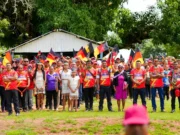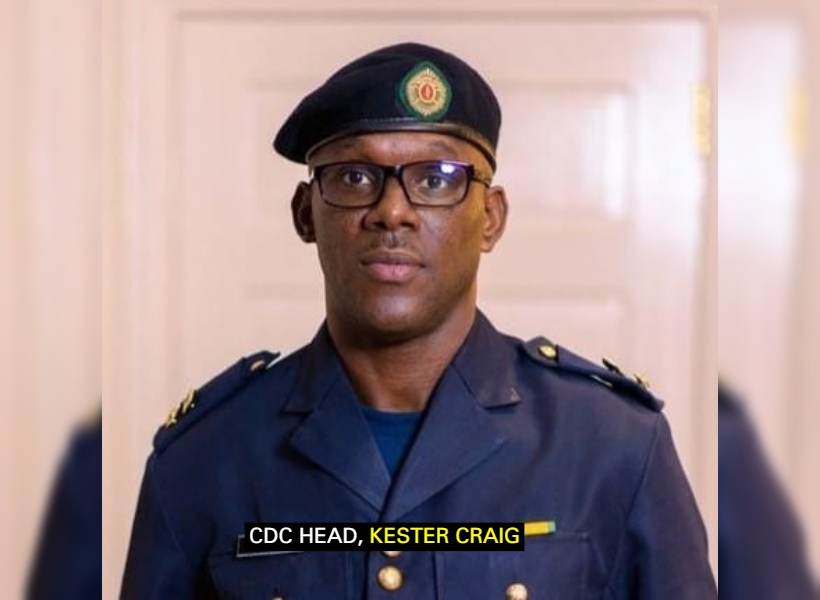Following the recent earthquake in Brazil which left several homes damaged and roadways cracked in Region 9, Head of the Civil Defence Commission (CDC), Colonel Kester Craig is of the view that a conversation is certainly needed in the long term on Guyana’s susceptibility to such natural disasters.
His comment in this regard is premised on the findings of a recent assessment of the damage to Region 9 which was conducted by a team comprising geologists and disaster management experts from the Civil Defence Commission. Accompanying the team as well was Robeson Benn, the Minister of Home Affairs, who is also a Geologist by profession.
In a statement released by Colonel Craig, it was noted that the most impacted communities were Katoonarib and Sawariwau, which have a total population of approximately 1800 residents. Colonel Craig said that several cracks as wide as 3 inches and 3 to 4 meters wide were discovered as well as craters as wide as 3 feet. Additionally, two homes were severely damaged, and cracks and stresses were observed on other homes and government buildings. Fortunately for the residents, Colonel Craig said that the most significant impacts occurred in the savannahs instead of closer to their homes.
While the impact and the aftershocks continue to trigger fear among the residents, Colonel Craig said they were reassured by the seismic experts that the likelihood of another earthquake with such magnitude occurring is one in 100 years.
The CDC head was keen to note as well that one of the UWI Geologists on the team stated that the Guyana shield creates greater stability and low seismicity activities for Guyana. While the geographical characteristics favour the country’s resilience, Craig said it is his understanding that sediments dumped from the Amazon can cause seismic activities in the region. However, Colonel Craig noted that this does not exempt Guyana from experiencing aftershocks from earthquakes in other parts of South America and the Caribbean. It was also pointed out that the adobe-style houses in that region cannot withstand the earthquakes, which poses a significant threat to the community.
Colonel Craig said that the recent seismic event certainly sets the tone for further conversations with the Government of Guyana to develop, implement and aggressively enforce robust policies that will improve residential and commercial building codes not only in Region 9 but across the country. He said that it also identifies the need to enhance bilateral relationships with Caribbean counterparts to provide experts to monitor activities and, in the long-term, capture data to better understand Guyana’s susceptibility to earthquakes.
In the meantime, Colonel Craig said that the CDC will continue to monitor the communities and advance dialogue with experts from the University West Indies (UWI) Seismic Centre and other institutions to identify feasible solutions required to monitor seismic activities and gather data to inform decision making as it relates to the country’s susceptibility to seismic hazards.













